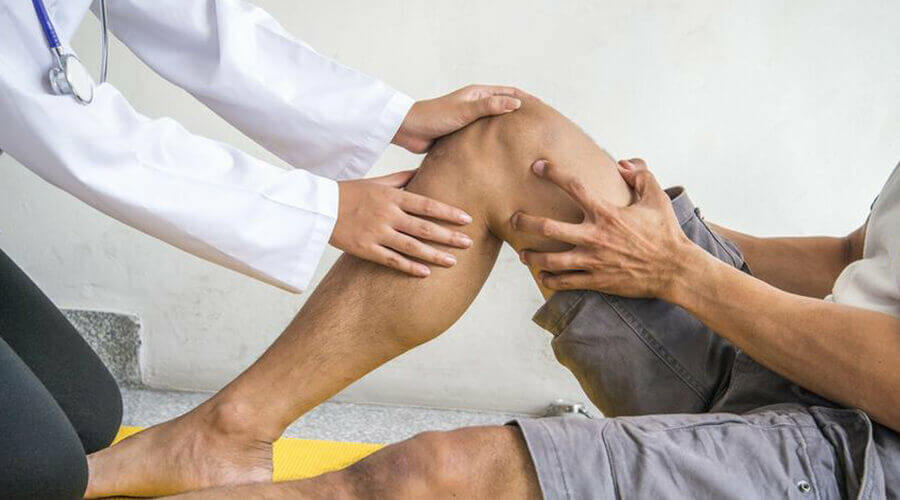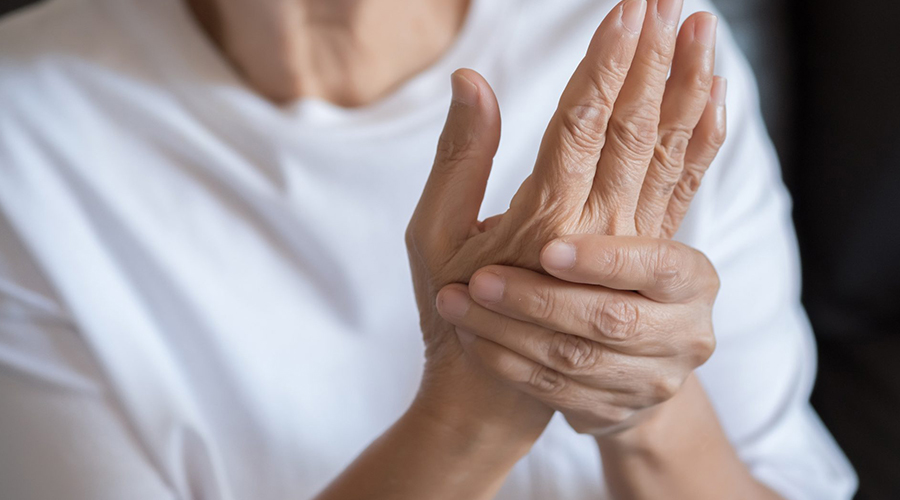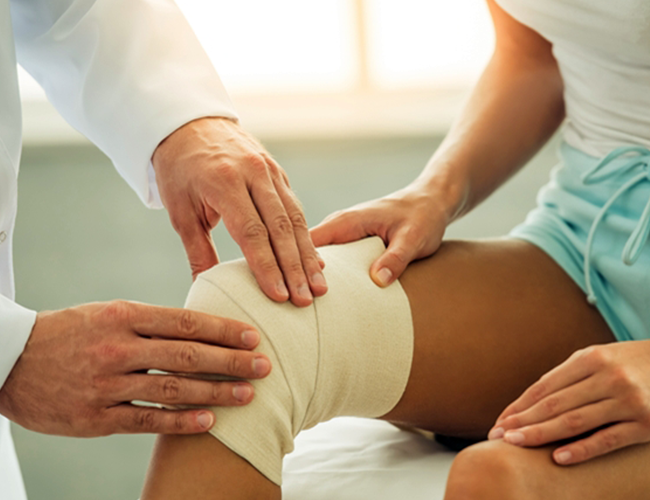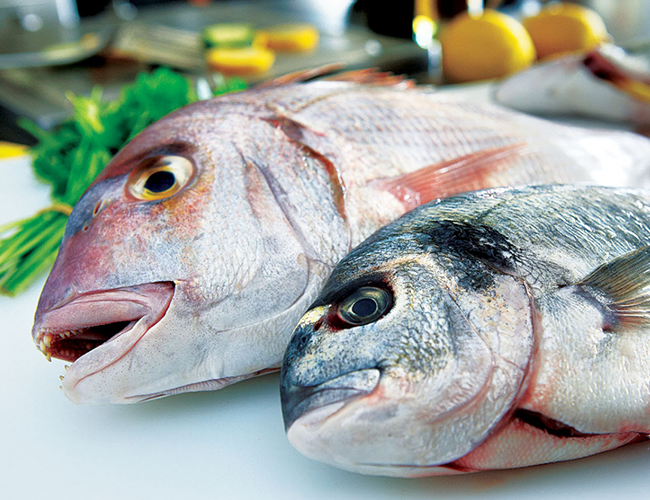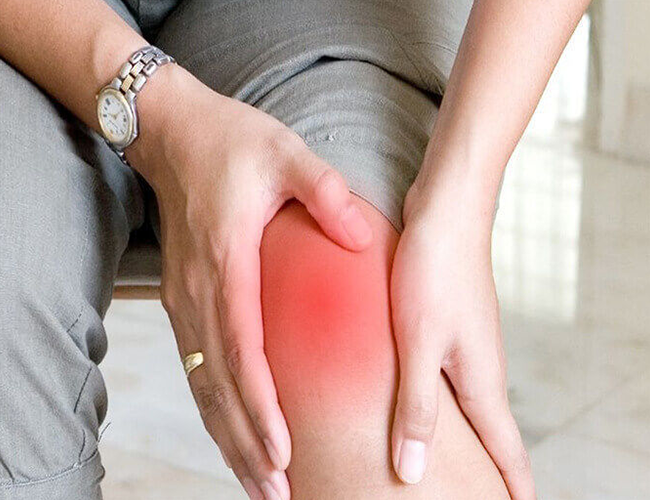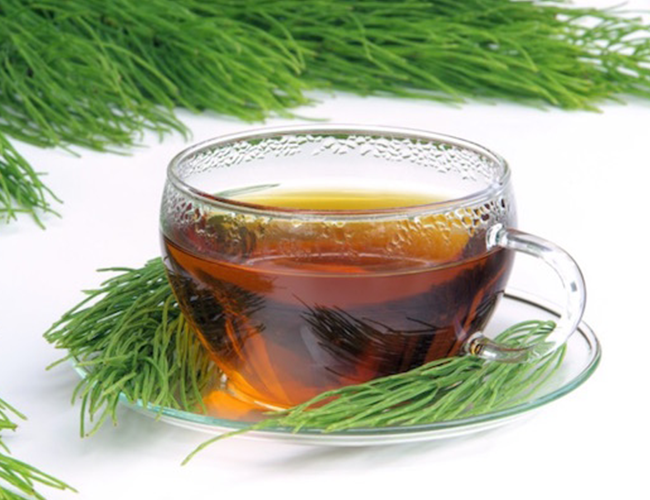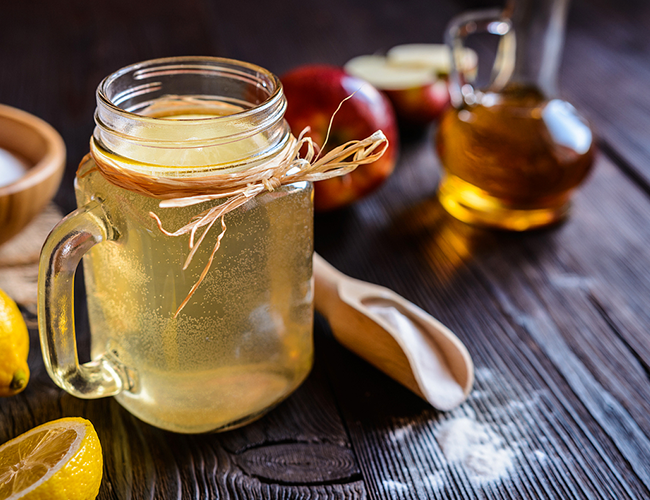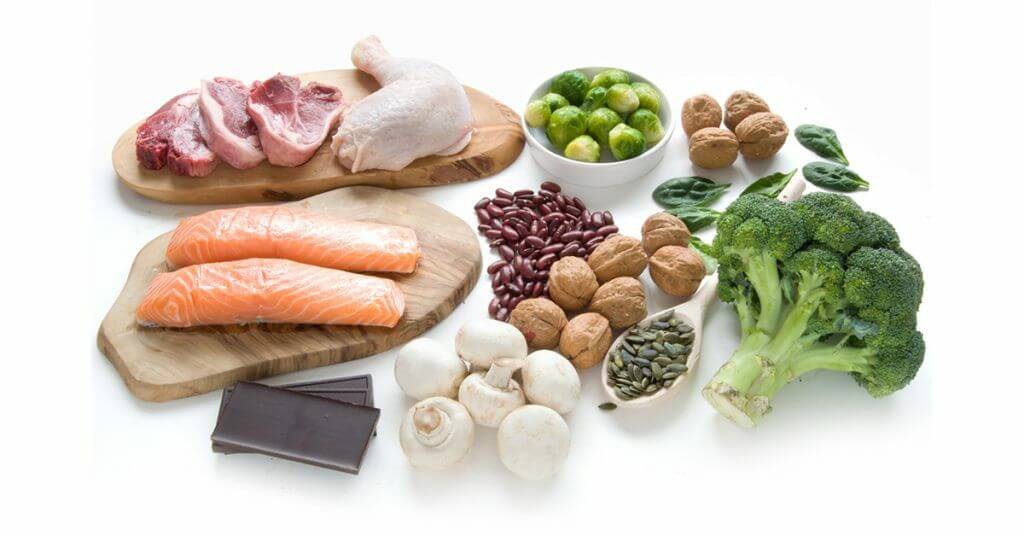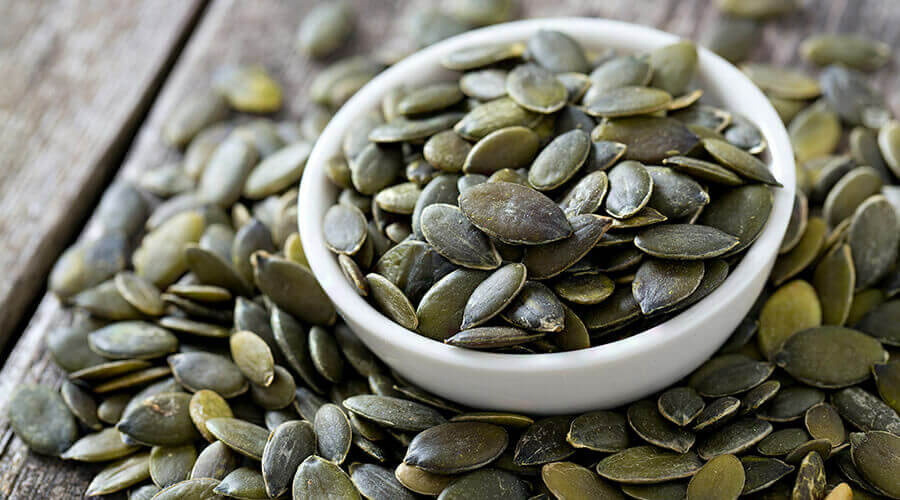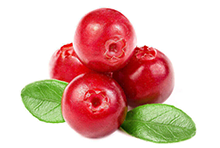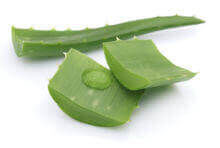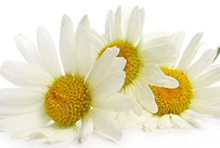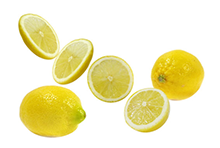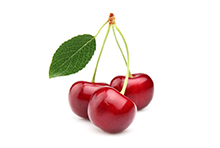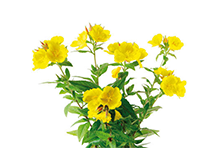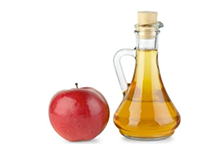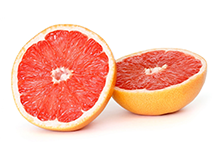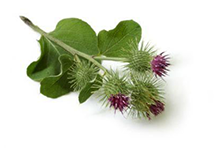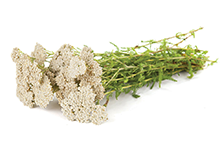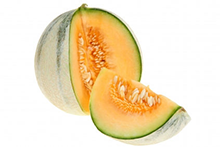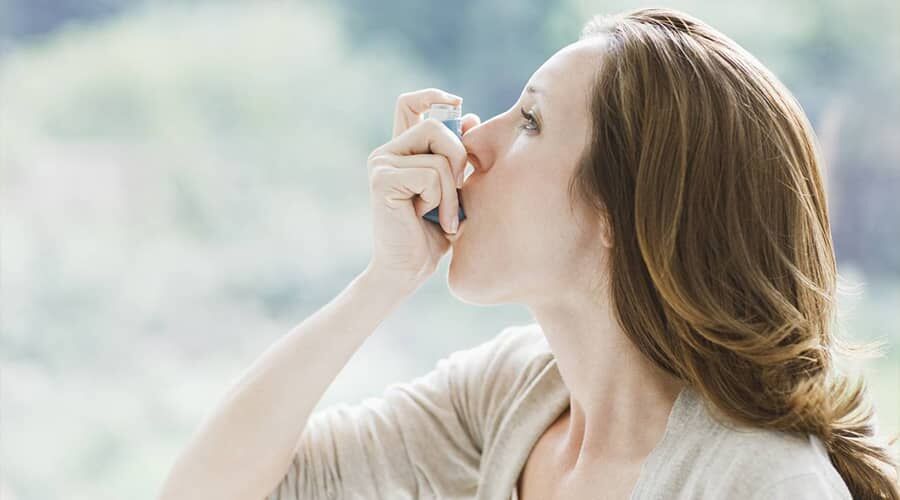
Asthma is a chronic respiratory disease that causes inflammation of the respiratory system and results in spasmodic contractions of the bronchi (small airways in the lungs).
This spasm and inflammation can make it difficult for air to flow in and out of the lungs.
Asthma symptoms can vary depending on the severity of the disease, but usually include:
Difficulty breathing: Asthma sufferers may find it difficult to breathe, especially during physical activity or at night.
Coughing: Coughing, especially at night or early in the morning, is a common symptom of asthma. Coughing can be dry or mucous.
Tightness in the chest: People with asthma often feel their chest tighten or constrict.
Wheezing: due to constriction of the bronchial tubes, wheezing sounds may be heard when the patient breathes. These are called wheezing.
Difficulty breathing: Asthma makes it difficult to breathe, especially when the bronchial tubes are constricted.
Treatment of childhood asthma
Managing childhood asthma is key to keeping your child healthy and managing symptoms properly. Below are some important suggestions for managing childhood asthma:
Medical supervision: as a first step, it is important to visit a paediatrician or a pulmonologist who specialises in asthma management. The doctor will help you make the correct diagnosis, assess the severity of symptoms and develop an appropriate treatment plan.
Using an inhaler: inhalers are devices that allow your child to take medicines such as bronchodilators or anti-inflammatories easily and effectively. Make sure the child uses the inhaler properly and follow the doctor’s instructions on how to administer the medicine.
Taking anti-inflammatory steroids: Regular use of anti-inflammatory steroids can help reduce inflammation in the bronchial tubes and prevent asthma symptoms from getting worse. These drugs usually require long-term treatment.
Symptomatic treatment: bronchodilators are often used when a child has seizures or when asthma symptoms worsen. These medicines can help dilate the bronchi and relieve symptoms.
Symptom monitoring: keep a record of your child’s asthma symptoms and watch for attacks or worsening of symptoms. Keep a symptom diary in which you can record the child’s asthma symptoms, medications taken and any other relevant information. Use this information when consulting your doctor so that they can adjust your treatment plan if necessary.
Management of environmental factors: keep your child away from environmental factors that can make asthma symptoms worse. Avoid environmental factors that can aggravate asthma by preventing asthma from developing in people with asthma, such as tobacco smoke, allergens (such as pollen or dust mites), polluted air, cold air, strong odours and irritants.
Lifestyle and diet: a healthy lifestyle and good nutrition also play an important role in asthma management. Certain foods or food allergies can also aggravate asthma symptoms, so it is a good idea to consult a dietitian to optimise your diet.
Sports for children with asthma
Children with shortness of breath can play sport and lead an active life, but it is important that they are properly prepared for sport and follow the guidelines recommended by their doctor.
Medical consultation: first of all, consult your doctor or paediatrician before starting any sporting activity. The doctor can help you assess what type of sport your child can participate in and what measures should be taken to prevent and manage symptoms.
Medications: Asthma inhalers are often used to treat symptoms. Their use before exercise can help prevent asthma attacks.
Warming up and winding down: warming up and winding down is important before and after sport. The child should start slowly and then gradually increase the intensity of the exercise. The wind-down helps the body return to a resting state.
Choose the right sport: some sports may be easier for children with shortness of breath. For example, swimming, cycling or walking are activities that are usually well tolerated. Avoid sports that are sudden and require a lot of effort, such as sprinting.
Communication: teach your child to recognise signs in his or her own body and encourage him or her to tell you if asthma symptoms get worse. This will give them the opportunity to stop or pause exercise if necessary.
Involving school and sports coaches: if the child plays on a school or club team, it is important to inform the school doctor or sports coach about the presence of asthma. This will allow them to treat the child appropriately and help if needed.
Watch the diet: a healthy diet and adequate hydration are also important for children with asthma who play sports. Consult a doctor before eating certain foods or drinks, as some foods or drinks may aggravate asthma symptoms.
Children with asthma can lead active lifestyles and participate in a wide range of sports, but proper preparation and monitoring of symptoms are key. Regular communication with a doctor and cooperation with sports coaches can help ensure that your child is safe and happy to play sports while asthma symptoms are effectively managed.

Pregnancy with breathing difficulties
Pregnancy with asthma can present challenges for both the pregnant woman and her doctors, as asthma during pregnancy requires special attention and careful management.
Potential difficulties and management challenges in pregnant women with asthma:
Worsening asthma: Pregnancy causes hormonal changes that can affect asthma symptoms. Certain pregnancy hormones may be a factor in causing breathing difficulties. Shortness of breath sufferers may often find it harder to breathe during pregnancy and symptoms may worsen.
Low oxygenation: asthma can limit the breathing function of the lungs, which can lead to a reduction in oxygenation for both mother and foetus. Low oxygen levels can have adverse effects on fetal development.
Risk of pregnancy complications: asthma can increase the risk of pregnancy complications, such as premature birth or surgical delivery. It is therefore important that pregnant women with asthma are under constant medical supervision.
Medicines and treatment: asthma treatment during pregnancy is essential, but it is important to choose your medicines carefully. Some asthma medicines may have risks for the foetus, while others are safe. Doctors must take into account the health of the mother and the foetus and choose the best possible treatment.
Difficulties controlling asthma: During pregnancy, asthma symptoms can change and maintaining asthma control can be challenging. Regular medical checks and appropriate treatment are key.
Stress and anxiety: the combination of pregnancy and asthma can cause stress and anxiety in pregnant women. Stress and anxiety can affect asthma symptoms, so psychological support and stress management are important.
It’s important for pregnant women with asthma to work with their doctor and have regular asthma checks.
Balm for asthma, how can it help?!
Balms, such as those containing menthol or eucalyptus oil, may have some relief for asthma symptoms. However it is important to understand that they are not a cure for shortness of breath and are not a substitute for treatment prescribed by a doctor.
Balms are mainly used to relieve symptoms and can help as follows:
Airway dilatation: inhaling balms containing menthol or eucalyptus oil on the skin or inhaling them in the air can help relieve airway spasms and dilate the airways. This can bring some relief to people with breathing difficulties.
Soothing: The smell and texture of balms can have a calming effect on the stress and anxiety experienced during an asthma attack.
The natural herbal extracts and essential oils in PulmoFresh balm can help ease breathing, soothe coughs and relieve the unpleasant symptoms of colds.
Directions for use
For massage, rubbing
Use 3-5 times a day, using a finger-sized amount is recommended. The balm should be applied to the chest and back area and then massaged and rubbed in thoroughly. It is more effective before going to bed, as the essential oils released by the balm, when inhaled, promote a restful sleep
For inhalation
Add 1 teaspoon of PulmoFresh balm to half a litre of hot water and mix well. This will create a vapour which should be inhaled for about 20 minutes.

